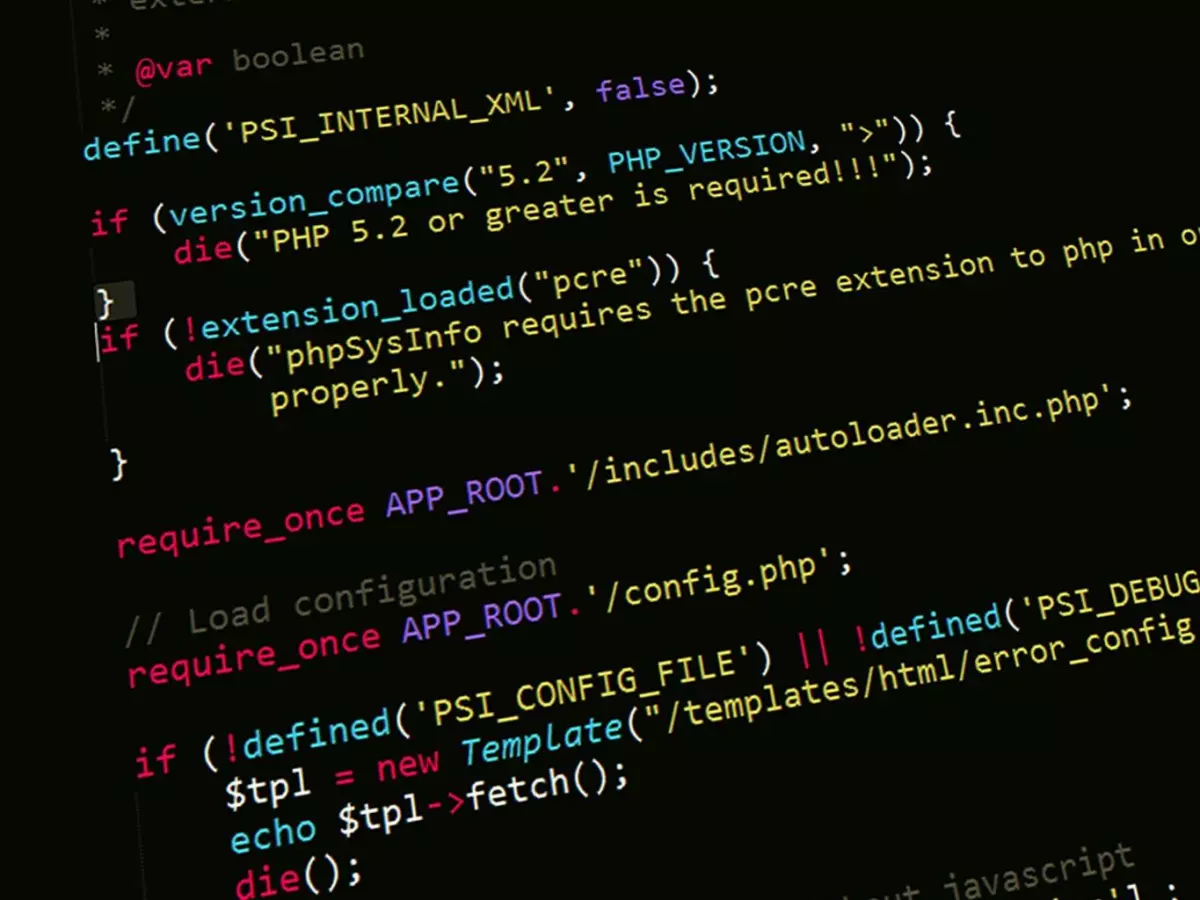Scaling Up
“The ability to scale is the ability to win.” — Jeff Bezos

By Isabella Ferraro
Ever wonder why some software seems to crumble under pressure, while others handle massive growth like a pro? It all comes down to one thing: scalability. If you've ever built an app or worked on a project that suddenly had to handle more users, more data, or more features, you know exactly what I'm talking about. The ability to scale is the difference between a product that thrives and one that crashes and burns.
But here's the kicker: scalability isn't just about throwing more servers at the problem or upgrading your hardware. It's about smart design, efficient code, and anticipating future needs before they become a crisis. So, how do you build software that scales? Let's dive into the key principles that will help you master the art of software scalability.
What is Scalability, Really?
Before we get into the nitty-gritty, let's define what scalability actually means. In the simplest terms, scalability is the ability of a system to handle growth—whether that's more users, more data, or more transactions—without a significant drop in performance. Sounds simple, right? Well, it's a bit more complicated than just adding more resources.
There are two types of scalability: vertical scaling (scaling up) and horizontal scaling (scaling out). Vertical scaling involves adding more power to your existing servers—think more RAM, faster CPUs, etc. Horizontal scaling, on the other hand, involves adding more servers to distribute the load. Both approaches have their pros and cons, and the right choice depends on your specific needs.
But here's the catch: even with the best hardware, poorly designed software will still struggle to scale. That's why it's crucial to focus on the architecture and design of your system from the start.
Designing for Scalability
So, how do you design software that scales? It all starts with architecture. A well-designed architecture can make or break your system's ability to handle growth. Here are some key principles to keep in mind:
- Modularity: Break your system into smaller, independent components. This makes it easier to scale individual parts of your system without affecting the whole.
- Loose Coupling: Ensure that your components are loosely coupled, meaning they can function independently. This makes it easier to scale and maintain your system over time.
- Statelessness: Wherever possible, design your system to be stateless. This means that each request is independent of the others, making it easier to distribute the load across multiple servers.
- Asynchronous Processing: Use asynchronous processing to handle tasks that don't need to be completed immediately. This can help reduce the load on your system and improve performance.
Scaling Your Database
One of the biggest challenges in scaling software is handling the database. As your system grows, so does the amount of data you need to store and retrieve. Here are some strategies to help you scale your database:
- Sharding: Split your database into smaller, more manageable pieces. Each shard can be stored on a different server, allowing you to distribute the load more effectively.
- Replication: Create copies of your database and distribute them across multiple servers. This can help improve performance and provide redundancy in case of a failure.
- Indexing: Properly indexing your database can significantly improve query performance, especially as your data grows.
But remember, scaling your database isn't just about adding more servers. It's about optimizing your queries, designing efficient schemas, and ensuring that your data is organized in a way that makes sense for your application.
Handling Traffic Spikes
One of the most common challenges in scaling software is handling sudden spikes in traffic. Whether it's a viral post, a flash sale, or a sudden influx of users, your system needs to be able to handle the load without crashing. Here are some strategies to help you manage traffic spikes:
- Load Balancing: Distribute incoming traffic across multiple servers to prevent any one server from becoming overwhelmed.
- Auto-Scaling: Use auto-scaling to automatically add or remove servers based on the current load. This ensures that you always have enough resources to handle traffic spikes.
- Rate Limiting: Implement rate limiting to prevent any one user or service from overwhelming your system with too many requests at once.
By planning for traffic spikes in advance, you can ensure that your system remains stable even under heavy load.
Monitoring and Optimization
Once your system is up and running, the work doesn't stop there. To ensure that your software continues to scale effectively, you need to constantly monitor and optimize your system. Here are some tools and techniques to help you do that:
- Monitoring Tools: Use monitoring tools like Prometheus, Grafana, or Datadog to track the performance of your system in real-time. This will help you identify bottlenecks and areas for improvement.
- Profiling: Use profiling tools to analyze the performance of your code and identify any inefficiencies. This can help you optimize your code and improve performance.
- Capacity Planning: Regularly review your system's capacity and plan for future growth. This will help you avoid running into scalability issues down the line.
The Future of Scalability
As technology continues to evolve, so too will the challenges of scalability. With the rise of cloud computing, microservices, and distributed systems, the way we think about scaling software is changing. But one thing remains constant: the need for smart design and efficient code.
Looking ahead, we can expect to see more emphasis on serverless architecture, where developers focus on writing code without worrying about the underlying infrastructure. This can make it easier to scale applications, but it also introduces new challenges, such as managing costs and ensuring performance.
Another trend to watch is the increasing use of machine learning and AI to optimize scalability. By analyzing patterns in traffic and usage, AI can help predict when and where resources will be needed, allowing for more efficient scaling.
Wrapping It Up
At the end of the day, scalability is all about preparation. By designing your system with scalability in mind from the start, you can ensure that your software is ready to handle whatever growth comes its way. Whether you're dealing with a sudden spike in traffic or a steady increase in users, the key is to stay ahead of the curve and be ready to adapt.
So, the next time you're building an app or working on a project, ask yourself: is this scalable? If the answer is no, it's time to rethink your approach. Because in the world of software, if you can't scale, you can't win.





